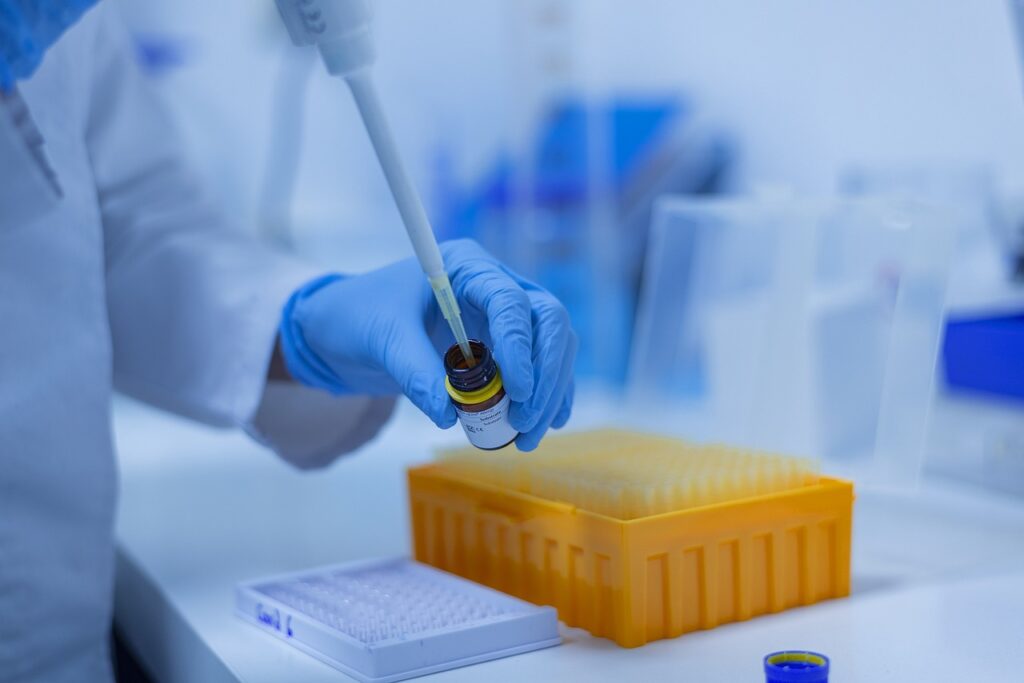Contract Laboratory regularly receives Laboratory Requests for Biodegradation Studies. For example, a manufacturer wants to conduct biodegradation studies to determine the biodegradability of its plastic packaging materials under anaerobic digestion conditions. So, why are they important, and how are they designed?
The Importance of Biodegradation Studies
Biodegradation studies play a pivotal role in understanding the fate and behavior of organic compounds in various environmental matrices. From assessing the environmental impact of pollutants to evaluating the biodegradability of new materials, these studies provide valuable insights into the natural processes causing the breakdown of organic substances.
Understanding Biodegradation
Biodegradation is a natural process by which microorganisms, such as bacteria, fungi, and algae, metabolize and break down organic compounds into simpler substances. This process occurs in diverse environmental settings, including soil, water, and sediments, and is influenced by factors such as temperature, pH, moisture, and nutrient availability. Biodegradation plays a crucial role in the cycling of carbon and other nutrients in ecosystems, as well as in the removal and detoxification of pollutants.
Importance of Biodegradation Studies
By simulating and monitoring biodegradation processes in controlled laboratory experiments, researchers can determine the rate, extent, and mechanisms of microbial degradation, as well as the factors that influence biodegradability. This information is invaluable for environmental risk assessment, pollution control, and the development of sustainable technologies.
Designing Biodegradation Study Experiments
1. Selection of Test Materials:
Choose appropriate test materials based on the objectives of the biodegradation study, including target compounds, environmental matrices (e.g., soil, water, sediment), and the microbial inocula (e.g., indigenous microorganisms, pure cultures). Consider factors such as chemical structure, solubility, volatility, and toxicity when selecting test compounds.
2. Experimental Setup:
Design experimental setups that mimic relevant environmental conditions and facilitate microbial activity. Use controlled incubation chambers, reactors, or microcosms to maintain optimal temperature, pH, moisture, and aeration levels. Ensure proper sterilization and inoculation procedures to establish consistent and reproducible biodegradation experimental conditions.
3. Monitoring Parameters:
Define specific parameters for monitoring biodegradation, such as compound concentration, microbial biomass, metabolic activity, and degradation intermediates. Employ analytical techniques, including chromatography, spectroscopy, and microbiological assays, to quantify and characterize biodegradation processes over time.
Techniques for Evaluation of Biodegradation
1. Chemical Analysis Use in Evaluation of Biodegradation:
Use chromatographic techniques, such as gas chromatography (GC) and liquid chromatography (LC), coupled with mass spectrometry (MS), to analyze the concentration of target compounds and their degradation products. Quantify degradation rates, half-lives, and transformation pathways based on changes in compound concentrations over time.
2. Microbiological Assays Usage in Evaluation of Biodegradation:
Employ microbiological assays, such as respirometry, enzyme activity assays, and microbial community profiling, to assess microbial metabolism and activity during biodegradation. Measure parameters such as microbial respiration, enzyme kinetics, and microbial diversity to evaluate the impact of biodegradation on microbial communities.
3. Isotopic Labeling Usage in Evaluation of Biodegradation:
Utilize isotopic labeling techniques, such as stable isotope probing (SIP) and radiolabeling, to track the fate of specific compounds and identify microbial degraders. Incorporate isotopically labeled substrates (e.g., ¹³C-labeled compounds) into biodegradation experiments and analyze the isotopic composition of microbial biomass or metabolites to trace carbon flow and assimilation pathways.
4. Molecular Techniques Usage in Evaluation of Biodegradation:
Apply molecular techniques, including polymerase chain reaction (PCR), next-generation sequencing (NGS), and metagenomics, to analyze microbial communities and functional genes involved in biodegradation. Use DNA and RNA-based approaches to identify microbial taxa, gene expression patterns, and metabolic pathways associated with biodegradation processes.
Best Practices for Biodegradation Studies
1. Standardization:
Adhere to standardized protocols and guidelines for conducting biodegradation studies, such as those provided by international organizations (e.g., OECD, ASTM). Ensure consistency in experimental procedures, data collection, and reporting to facilitate comparability and reproducibility of results.
2. Quality Control:
Implement rigorous quality control measures to ensure the accuracy, precision, and reliability of experimental data. Include appropriate blanks, controls, and reference standards in experimental setups to account for background effects, methodological artifacts, and instrument calibration.
3. Data Interpretation:
Exercise caution when interpreting biodegradation data and drawing conclusions about environmental implications. Consider the limitations and uncertainties associated with experimental conditions, analytical techniques, and microbial complexity. Integrate multiple lines of evidence, including chemical, microbiological, and molecular data, to corroborate findings and enhance confidence in results.
4. Environmental Relevance:
Design biodegradation studies that reflect real-world environmental conditions and scenarios. Incorporate factors such as environmental variability, microbial diversity, and interactions with other biotic and abiotic factors into experimental designs to improve ecological relevance and predictive accuracy.
Final Thoughts on Biodegradation
Biodegradation studies serve as a cornerstone in the field of environmental science, offering critical insights into the natural mechanisms by which organic compounds are broken down and removed from ecosystems. By leveraging a variety of analytical, microbiological, and molecular techniques, researchers can dissect the complex interplay between environmental conditions and microbial communities responsible for these transformations.
The rigorous design and execution of biodegradation experiments, along with adherence to best practices and standardized protocols, ensure the generation of reliable, meaningful data. Such studies not only inform risk assessments and regulatory frameworks but also guide the development of greener chemicals and more sustainable industrial practices. As global environmental challenges intensify, the role of biodegradation research becomes increasingly vital in safeguarding ecosystems and promoting ecological resilience.
If you need a laboratory for biodegradability testing and biodegradation studies, simply Submit a Laboratory Request.

